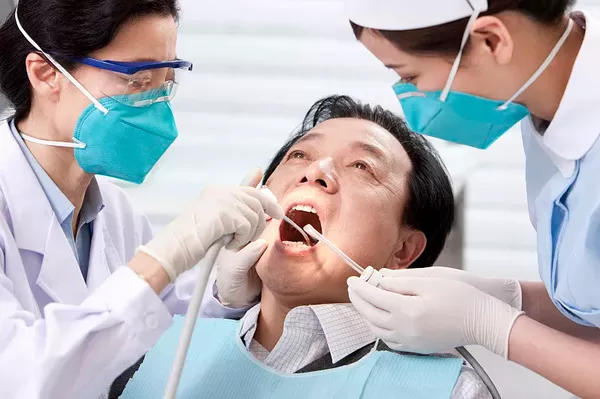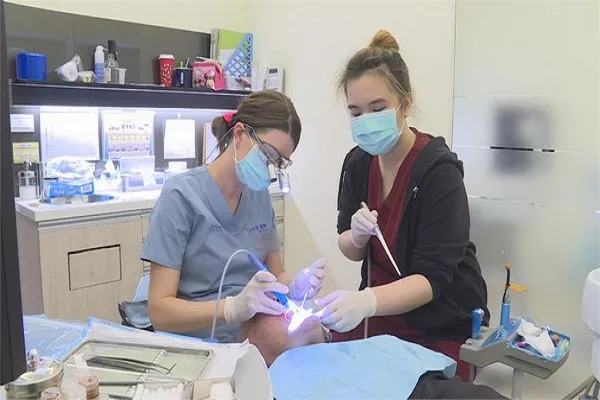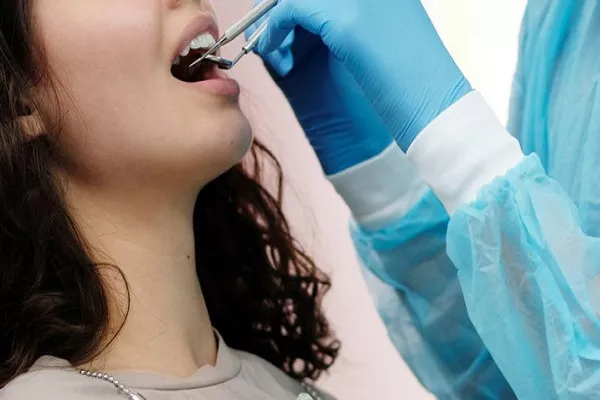Undergoing a dental filling is a common experience for many individuals seeking to address tooth decay and restore oral health. While the focus is often on the procedure itself, knowing what to eat after a filling is equally crucial. In this article, we will explore a comprehensive guide to post-filling nutrition, ensuring a smooth recovery and optimal healing for your treated tooth.
Immediate Post-Filling Considerations
Avoid Hot and Cold Foods:
Immediately after a filling, it’s advisable to avoid extremely hot or cold foods. Sensitivity can be heightened, and consuming temperature extremes may cause discomfort.
Soft Foods are Ideal:
Opt for soft, easy-to-chew foods immediately after the filling. This minimizes the stress on the treated tooth and allows for a smoother transition into regular eating habits.
First 24 Hours: What to Include in Your Diet
Cool or Lukewarm Soups:
Soups that are not too hot provide a comforting and nutritious option. Opt for broths or blended soups with softer ingredients.
Yogurt and Pudding:
Creamy and soft-textured yogurt or pudding is gentle on the teeth and can be a satisfying post-filling snack.
Mashed Potatoes or Sweet Potatoes:
Mashed potatoes, whether regular or sweet, offer a soft and easily digestible option. Consider seasoning them mildly to suit your taste.
Smoothies:
Blended fruit smoothies with yogurt or milk provide a refreshing and nutrient-packed option. Avoid adding ice initially to prevent sensitivity.
Eggs:
Eggs, whether scrambled or boiled, are a good source of protein and can be prepared in a softer consistency.
The Next Few Days: Gradual Transition to Regular Diet
Cooked Vegetables:
Steamed or boiled vegetables that are not too crunchy are gentle on the teeth. Consider options like carrots, zucchini, or green beans.
Soft Fruits:
Opt for soft fruits like bananas, avocados, and ripe melons. These are easy to chew and less likely to cause discomfort.
Pasta and Rice Dishes:
Soft pasta or rice dishes with mild sauces can be introduced gradually. Ensure that the textures are not too abrasive on the treated tooth.
Tender Proteins:
Include tender proteins like baked or grilled chicken, fish, or tofu. Cut them into smaller, manageable pieces to ease chewing.
Dairy Products:
Incorporate dairy products such as cheese or soft yogurts, which are rich in calcium and promote dental health.
Long-Term Considerations for Post-Filling Diet
Hydration is Key:
Drink plenty of water to stay hydrated. Water not only supports overall health but also helps maintain a moist oral environment.
Limit Sugary and Acidic Foods:
Reduce the consumption of sugary and acidic foods, as they can contribute to tooth sensitivity and decay. Opt for healthier snack alternatives.
Continue with Soft Dental-friendly Options:
Even after the initial recovery period, consider incorporating a balance of soft and dental-friendly food options into your regular diet.
Conclusion
Understanding what to eat after a filling is an essential aspect of the post-dental procedure care routine. By focusing on soft, nutritious, and easy-to-chew foods in the immediate aftermath, individuals can support the healing process and minimize discomfort. Gradually transitioning to a regular diet while being mindful of dental health considerations ensures a smoother recovery. As always, consulting with your dentist for personalized advice based on your specific situation contributes to a well-rounded approach to post-filling nutrition. With thoughtful dietary choices, you can pave the way for a healthy, restored smile.
What can you use for gingivitis?
What is the best filling for teeth?
Can I eat before cavity filling?





























